简体中文
繁體中文
English
Pусский
日本語
ภาษาไทย
Tiếng Việt
Bahasa Indonesia
Español
हिन्दी
Filippiiniläinen
Français
Deutsch
Português
Türkçe
한국어
العربية
How to Read Forex Charts Like a Pro
Abstract:If you're new to forex trading or looking to sharpen your skills, learning how to read forex charts is one of the most important steps toward becoming a successful trader. Forex charts are the foundation of technical analysis and provide a visual representation of currency pair price movements over time. Understanding these charts can help you identify trends, spot entry and exit points, and make better-informed trading decisions.
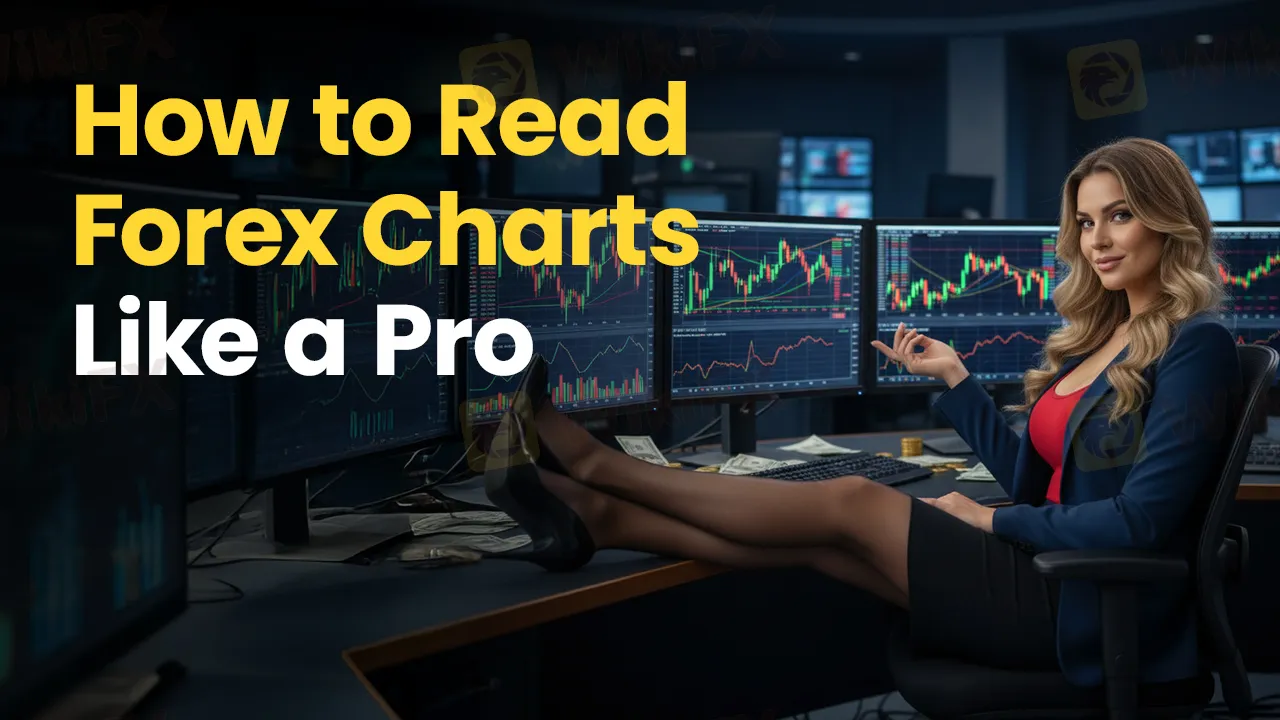
If you're new to forex trading or looking to sharpen your skills, learning how to read forex charts is one of the most important steps toward becoming a successful trader. Forex charts are the foundation of technical analysis and provide a visual representation of currency pair price movements over time. Understanding these charts can help you identify trends, spot entry and exit points, and make better-informed trading decisions.
What Are Forex Charts?
Forex charts are graphical displays of historical and real-time price data for currency pairs. They show how the exchange rate between two currencies has moved over a selected period, such as minutes, hours, days, or weeks. Most forex charts include time on the horizontal axis and price on the vertical axis.
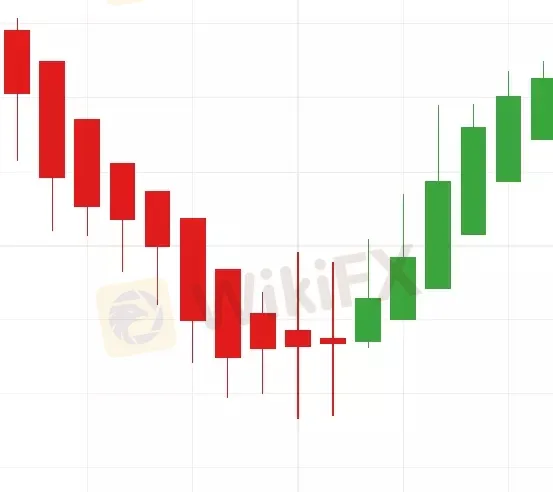
When you read forex charts, you're essentially analyzing price behavior to predict future movements.
Types of Forex Charts
Before you can read forex charts like a pro, it's essential to know the three most common types:
1. Line Chart
A line chart connects the closing prices of a currency pair over time. Its simple and easy to follow but lacks detail compared to other chart types.
2. Bar Chart
A bar chart gives you more information, such as the open, high, low, and close (OHLC) prices for each time period. This makes it easier to analyze market volatility.
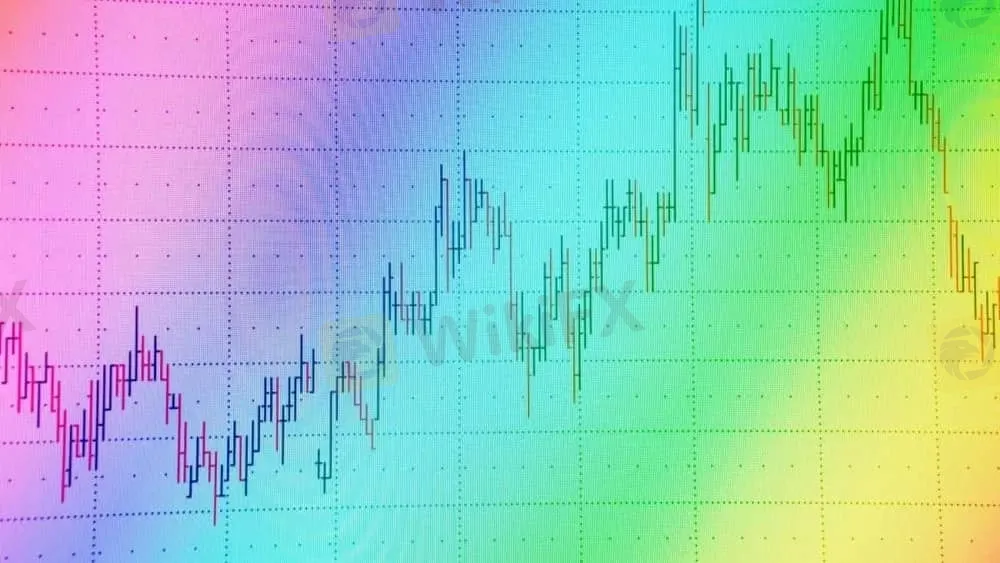
3. Candlestick Chart
Candlestick charts are the most popular among forex traders. Each candlestick represents the price action during a specific time frame. The body of the candle shows the open and close prices, while the wicks (shadows) show the highs and lows. Once you learn to read forex charts in candlestick form, you can spot patterns that signal potential price reversals or continuations.
Key Elements to Focus On
To read forex charts effectively, focus on these key elements:
• Trend Direction: Identify whether the market is in an uptrend, downtrend, or moving sideways.
• Support and Resistance: These are key price levels where the market tends to reverse or pause.
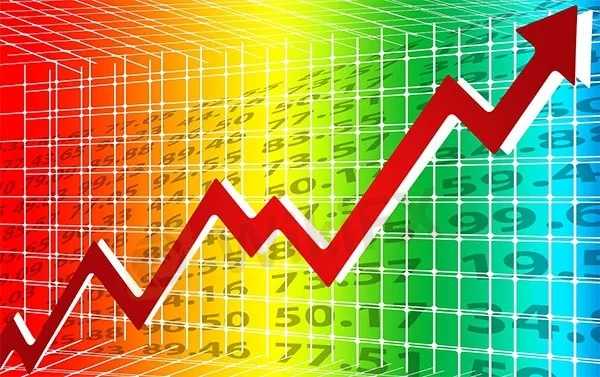
• Chart Patterns: Look for patterns like head and shoulders, triangles, and flags, which can signal potential market moves.
• Indicators: Tools like moving averages, RSI, and MACD can help confirm what you see on the chart.
Tips to Read Forex Charts Like a Pro
1. Start with Higher Time Frames: Analyze the daily or 4-hour chart first before zooming into shorter time frames.
2. Keep It Simple: Avoid cluttering your chart with too many indicators.
3. Practice Regularly: Use demo accounts to build confidence in reading charts.
4. Follow the News: Economic news impacts currency prices. Always consider fundamentals along with technical analysis.
Conclusion
Learning to read forex charts is a skill that takes time, but it‘s absolutely essential for anyone serious about forex trading. By understanding chart types, identifying trends, and recognizing key patterns, you can make smarter trading decisions and avoid costly mistakes. Keep practicing, stay disciplined, and soon you’ll be able to read forex charts like a pro.
Disclaimer:
The views in this article only represent the author's personal views, and do not constitute investment advice on this platform. This platform does not guarantee the accuracy, completeness and timeliness of the information in the article, and will not be liable for any loss caused by the use of or reliance on the information in the article.
Read more

JP Markets Review: High Spread & Commission, Fake Bonus Lure & Withdrawal Hassles Frustrate Traders
Have you been lured into opening a JP Markets Forex Trading Account with a high bonus offer that never existed? Have you found the spread and commission charges higher on JP Markets Login than what’s advertised on the broker’s website? Wondering why you are not able to withdraw funds from your trading account? Well, all of these hint at a potential forex investment scam. Many traders have expressed their disappointment while sharing the JP Markets Review online. In this article, we have shared certain complaints. Take a look at them.
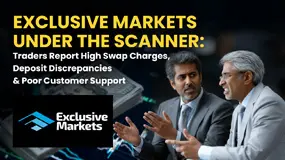
Exclusive Markets Under the Scanner: Traders Report High Swap Charges, Deposit Discrepancies & More
Is your forex trading account experience at Exclusive Markets far from good? Do you witness high swap fees and daily charges? Does the deposit fail to reflect in your Exclusive Markets Login? Don’t receive adequate response from the customer support official on your trading queries? You are not alone! Traders have already alleged that the forex broker is involved in these activities. In this Exclusive Markets WikiFX review article, we shared some traders’ comments. Read on to know about them.

Is Amillex Safe or a Scam? Understanding Rules and Security
You are asking an important question: Is Amillex safe or a scam? The simple answer is that Amillex works in an unclear area that needs careful study. It is not a complete scam like fake websites that steal your money right away, but it also does not meet the safety rules of the best, well-regulated brokers. Read on to explore more details.
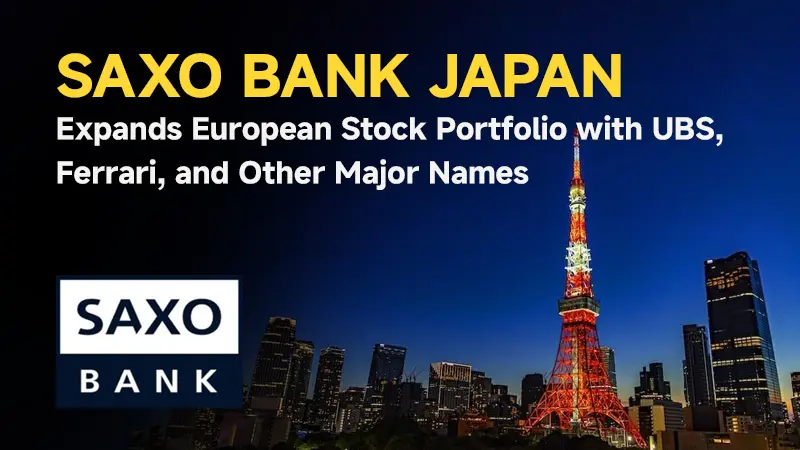
Saxo Bank Japan Expands European Stock Portfolio with UBS, Ferrari, and Other Major Names
Saxo Bank Japan is broadening its investment offerings by adding over 100 European stocks from Denmark, Italy, Spain, and Switzerland. The expansion—set to launch on November 5, 2025—includes globally recognized companies such as UBS, Ferrari, Novo Nordisk, and Nestlé. This initiative enhances Saxo Bank Japan’s already extensive global stock lineup, aiming to support investors seeking diversification into leading European industries.
WikiFX Broker
Latest News
Is Nash Markets Regulated or Risk? Truth About Nash Markets’ License & Withdrawal Issues
Webull Widens Crypto Futures with Coinbase Derivatives
Latest FCA Daily Alerts and Consumer Warnings for 2025
CySEC Blocks Certification Access to Combat Advisor Impersonation
Angel one 2025 Review & Complaints
Exclusive Markets Under the Scanner: Traders Report High Swap Charges, Deposit Discrepancies & More
Interactive Brokers Fined for FINRA Market Data Lapses
Annual Sales Of New Vehicles Expected To Hit Only 15.7 Million Units: Cox
Amillex Broker Affiliate Program: A Complete Guide to Earning with Referrals
Saxo Bank Japan Expands European Stock Portfolio with UBS, Ferrari, and Other Major Names
Currency Calculator



